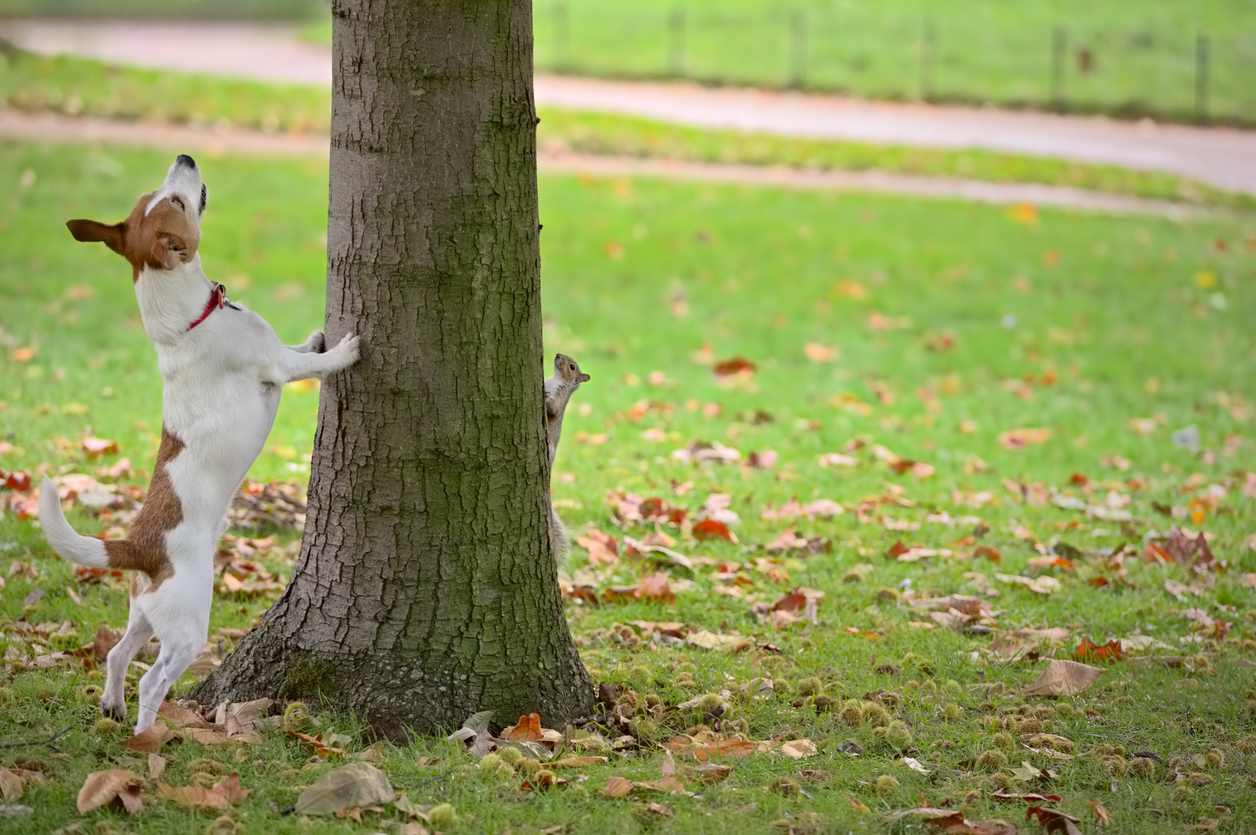How to Get Your Kids in Love with Geocaching
Geocaching is a fun outdoors activity that involves hunting for hidden 'caches' (or 'treasure' from a child's perspective) using Global Positioning System (GPS) co-ordinates. With geocaching, any venture outside can be transformed into an exciting hunt for mystery caches, guaranteed to engage even the most reluctant of children.
Where will you find a geocache?
Go for a walk in any public location and chances are you will be a few hundred yards away from hidden treasure! Geocaching enthusiasts have hidden a mystery cache somewhere close by, and it will be a test of your navigation ability and observational skills to find it.
The cache could literally be hidden anywhere in the surroundings and could be larger than the rucksack you are carrying or smaller than your fingernail.
How do you find the location of a geocache?
Anyone who places a cache will post GPS co-ordinates online via a website. There are several websites dedicated to geocaching, with geocaching.com being the official and most popular site.
As well as coordinates, extra clues and descriptions of the cache are also available if needed. All that will then be required is a GPS receiver (e.g. Sat Nav, GPS watch, smart phone, etc.) to display your current co-ordinates.
Location co-ordinates, clues and descriptions can either be printed out beforehand or viewed while outdoors using a smart-phone app. There are many such apps available, and most are very quick and simple to use.
Some apps present a map complete with blinking location symbol for each cache in the vicinity. Children love taking charge here - there is something very engaging about steadily getting closer to the treasure and seeing your progress on a live digital map.
Types of Cache
Caches vary enormously in terms of their size and contents. The smallest and simplest caches (known as nano-caches) consist of tiny containers about the size of a pool cue tip. These are often magnetic, enabling them to be secured discreetly to metallic objects (e.g road signs, barriers, etc).
More common are the medium-sized caches, usually plastic containers about the size of a typical lunch-box.
Depending on the size of the cache, there will be different contents inside. The smallest caches will contain just a log book- a small piece of paper rolled to fit inside. Anyone finding the cache enters their name, date and possibly a brief message before hiding the cache again and logging their find on a geocaching website.
Medium sized and large caches will have a log book but will also contain larger objects such as disposable cameras, small toys, information for tourists, mosquito repellent, etc. Essentially, anything that is small enough to fit inside the cache container could be included (with the exception of money and food).
Anyone finding a cache is welcome to take some of these objects on the understanding that they are traded for some of their own. This is great for children as they can trade their old toys for new ones and have the fun of a treasure hunt on the way.
Creating a Cache
Once you have had the fun of locating other people’s geocaches, you may wish to produce and hide one of your own. This is easy to do and simply requires registering with one of the geocaching websites.
Once you have done this, you will be able to upload co-ordinates and descriptions of your cache for other enthusiasts to find. Again, children will love the idea of hiding some treasure and selecting what goes into the container.
You will be able to keep track of how many people have found the cache by checking online posts or by physically recovering the cache yourself and checking the log book. If you include a disposable camera you may even get to see some pictures of the people who found your cache.
In summary, geocaching is a fantastic way of entertaining children and adults alike, and is a fun outdoors activity that can be a shared form of family entertainment. Like all the best activities, it is completely free and will take your child on many exciting adventures.



